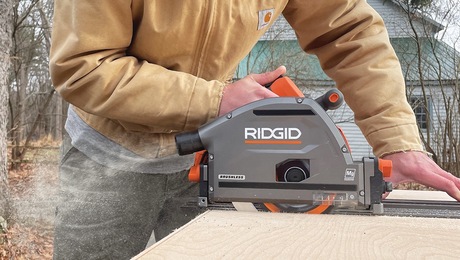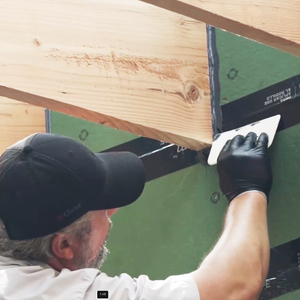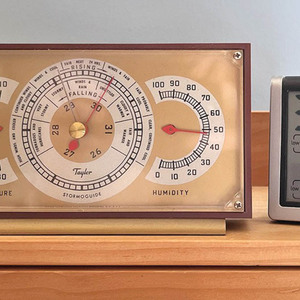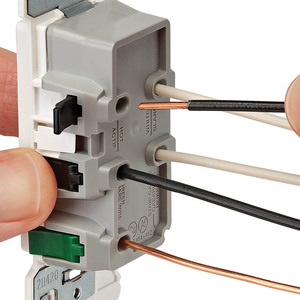Real simple question: I’m 3/4 finished putting decorative 6″ box column wraps around 2×5 non-structural posts. I cut and glued up the first three sides a week ago when the weather was dry (everything is primed). Now, after a week of rain and 100% humidity, the U shaped assemblies have cupped slightly inward by about 1/8-1/4″.
While not ideal, I can manage this problem since I still have to mount, glue up and and trim the final sides tomorrow — and can adjust the final board width to the smaller dimension. (Note that only one side is attached to the post, the remainder of the column floats to accommodate wood movement.)
Question: Are the U assemblies relatively stable in their current narrower position — or will they move outward when the weather dries out. Said differently, does it matter when I mount the final sides?
Thanks in advance for the advice. I searched the forums, and while there is a lot of discussion of floor cupping, I couldn’t find a post that addressed this situation.


















Replies
I just have one idea - you might consider priming them on the inside.
Thanks for the response. They were already primed on the inside. Only unprimed surfaces are the edges that will receive the final side
Odd that they cupped inwards. You would expect the wood to swell where the rain hit the outside. Ergo, the inner face is still moist from the humidity, and there is no air-movement there to dry it out. Perhaps when the inside is dry you can seal it all up and the problem won't recur. Cross yer fingers.
Cheers
Thanks again for the response.To add to you mystery, the U shaped assemblies were not mounted -- they were stored in a protected area of a porch (outside).If you don't mind, let me simplify the question: Should I:1. Go ahead and complete the columns in their current condition (I'd like to get this done today) or2. Wait for several days of dry weather and see if they move back and then complete themI am less concerned about looks (since I think I'm fine either way). My concern is long term stability after assembly and glue up. I'd hate to finish them out and find that I've created a situation that will unnaturally stress the joints.Thanks.
sorry, Ken, I cannot make up yr mind for you. I only hope that the 4th piece is likewise affected and that everything will straighten up eventually. W/out knowing if the joints are glued, screwed, mitred, butted, or simply nailed, l dunno how much 'stress' they'll take as you prise them open. But once you do, put some sort of adhesive down the inside of the joint that will stabilise them. If there are airgaps top and bottom of the columns - eg. see FHB #132, p108 - to allow balanced humidity and airflow inside the box, the lumber will settle down in time.
cheers
Fair enough. My call.BTW, butt joint, glued and nailed, attached to post on one side only with room for other sides to move, ventilated top and bottom. My fingers crossed too.
The shrinking and swelling of the wood with changes in moisture is completely reversible. When the weather changes again, the wood will move back.
It is more tricky when the wood is cupped not from changes in the humidity of the surrounding air, but because one side or the other was more or less damp. This could happen if the boards were lying out on the grass, say. In that case the undersides would be wetter than the tops and would cup away from the ground. But, when the wood came to a steady moisture content throughout, it would go back to it's original shape.
In your case I would not trim the final board to be narrower. The box would never be square then, and look silly. I would make some corner strips, perhaps 3/4" square, and mount them to the back of the final board, in from each edge a distance equal to the thickness of the side boards. Then pry the cupped boards apart a bit to get the new board in place. The corner boards would hold the cupped boards apart the proper distance so you get nice even edges. Then as the wood shrinked and swelled it would all move together and the post would stay square.
Thanks for the great explanation and suggestions. Actually, your approach has a hidden benefit. By attaching "stops" to stretch out the sides of the U, it takes all the hassle out of getting alignment right during glue-up.